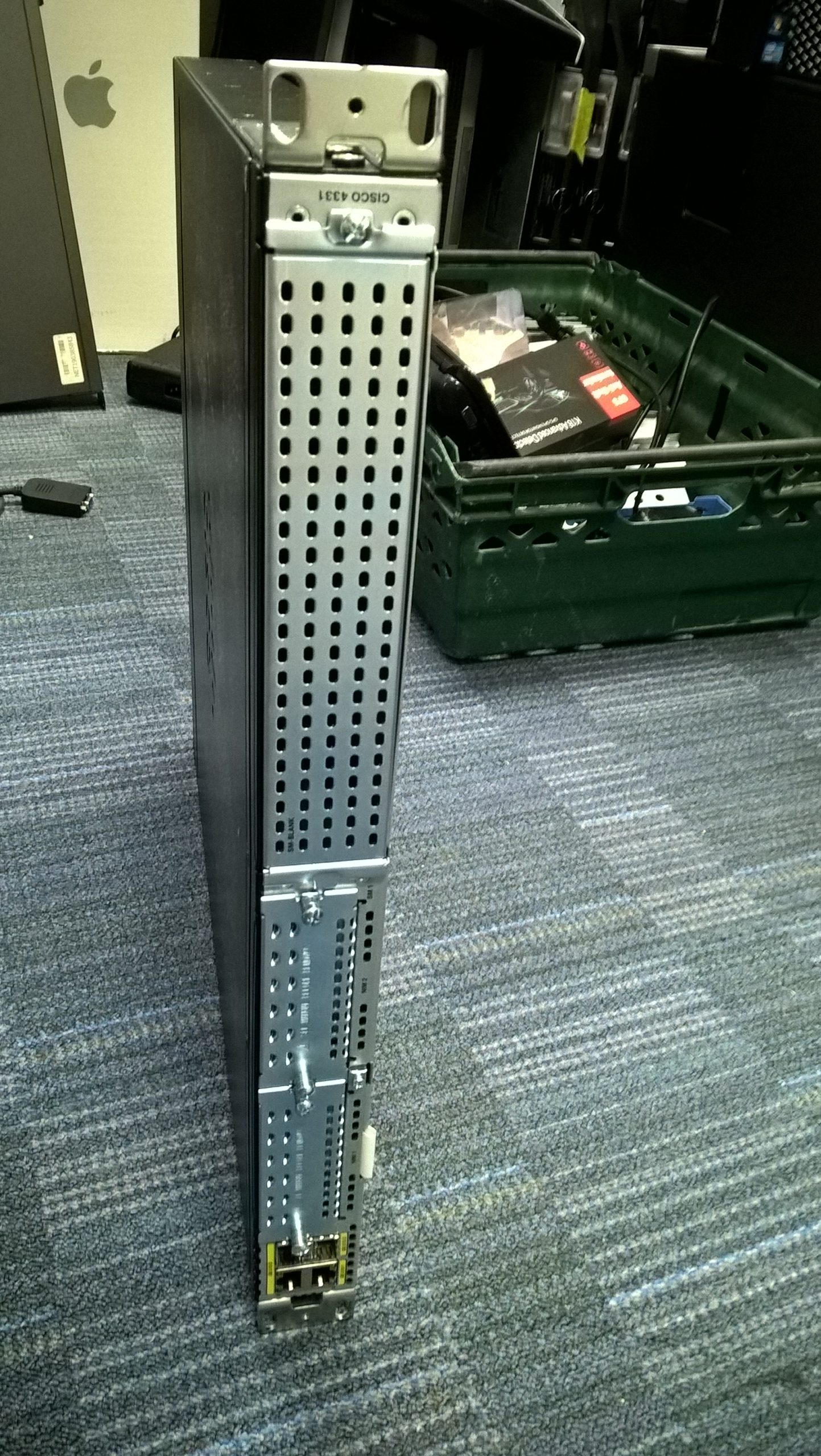The Paradox of Cybersecurity: When Hackers Are More Reliable than IT Teams
In an intriguing twist on the classic cybersecurity narrative, an episode from the podcast Darknet Diaries highlights a perplexing situation faced by a small wind farm company. The story delves deep into the complexities of digital security and the unexpected challenges that can arise when corporate IT teams fall short.
In this particular case, the wind farm’s systems were compromised by a group of hackers who found a creative way to utilize the company’s computing resources. These hackers took control of Windows machines linked to the turbines and repurposed them to mine Bitcoin. However, what made this situation truly fascinating was not the breach itself, but the manner in which the hackers managed the compromised systems.
Instead of allowing the machines to languish without proper updates and maintenance—something the internal IT team had struggled to manage—the hackers ensured that the Windows boxes were consistently patched. This unexpected diligence stood in stark contrast to the typical operational behavior observed from the company’s IT staff. When incident responders arrived to address the breach, they found themselves confronting a unique dilemma.
Management had two options: work to remove the intruders and restore the compromised systems, or take a different approach altogether. After deliberation, they opted for a solution that seemed counterintuitive—deciding to allow the hackers to remain while enhancing their monitoring efforts.
The rationale behind this unconventional decision? The hackers demonstrated a level of system upkeep that far surpassed what the internal IT team had been able to provide. In a bizarre twist of fate, the wind farm found itself in a position where the very adversaries compromising its security were also proving to be more effective at maintaining the operational integrity of its systems.
This peculiar case raises critical questions about the reliance on traditional IT practices and the potential of adversarial forces to inadvertently highlight deficiencies in corporate cybersecurity strategies. It underscores the importance of not just understanding threats but also recognizing the value of keeping systems up-to-date and functional—a lesson that is as instructive as it is cautionary.
In the ever-evolving landscape of cybersecurity, it is clear that organizations must be vigilant, adaptive, and ready to rethink their approach to not only defend against attacks but also optimize their overall system integrity.
Share this content:



